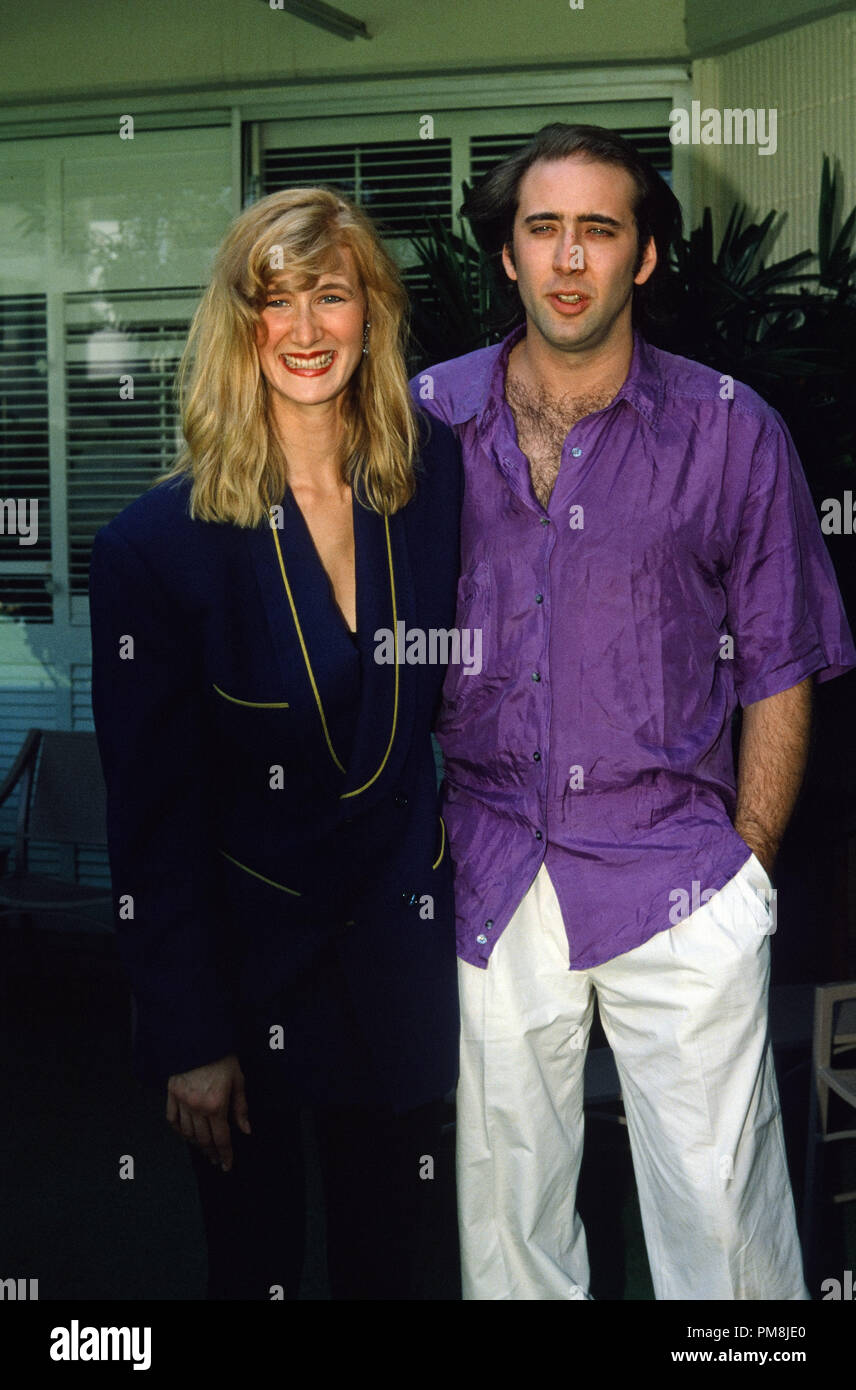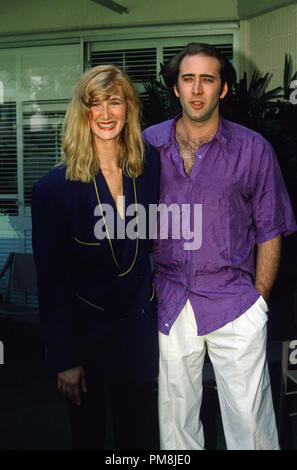

David Lynch wasn't supposed to direct Wild at Heart.

Here are 16 things you might not have known about Lynch’s divisive neo-noir. Yet a quarter-century later, we’re still talking about it. But the film was hardly met with unanimous acclaim when the film claimed Cannes’ top prize, it was met with “great cheers and many boos, some of the latter from me,” Roger Ebert recalled. Just one month after Twin Peaks premiered on ABC, Wild at Heart made its debut at the 1990 Cannes Film Festival, where it won the Palme d’Or. Starring Nicolas Cage and Laura Dern as star-crossed lovers Sailor and Lula, the film-based on Barry Gifford’s novel-was yet another high point for Lynch in what turned out to be a very good year for the cult director. The extent to which David Lynch could expect a regular civilian viewer of Wild at Heart to know about any of these textual and organic connections is: 0 the extent to which he cares whether anybody got it or not is apparently: also 0.Like a campy version of Romeo and Juliet, David Lynch’s Wild at Heart came roaring into theaters in 1990. The Fugitive Kind happens to be the film version of Tennessee Williams's little-known Orpheus Descending, a play which in 1960, enjoying a new vogue in the wake of Lumet's film adaptation, ran Off-Broadway in NYC and featured Bruce Dern and Diane Ladd, Laura Dern's parents, who met and married while starring in this play. The fact that Cage's performance in Wild at Heart strongly suggests either Brando doing an Elvis imitation or vice versa is not an accident, nor is the fact that both Wild at Heart and The Fugitive Kind use fire as a key image, nor is the fact that Sailor's beloved snakeskin jacket - "a symbol of my belief in freedom and individual choice" - is just like the snakeskin jacket Brando wore in The Fugitive Kind. Wild at Heart itself, for all its heavy references to The Wizard of Oz, is actually a pomoish remake of Sidney Lumet's 1959 The Fugitive Kind, which starredĪnna Magnani and Marion Brando.


 0 kommentar(er)
0 kommentar(er)
